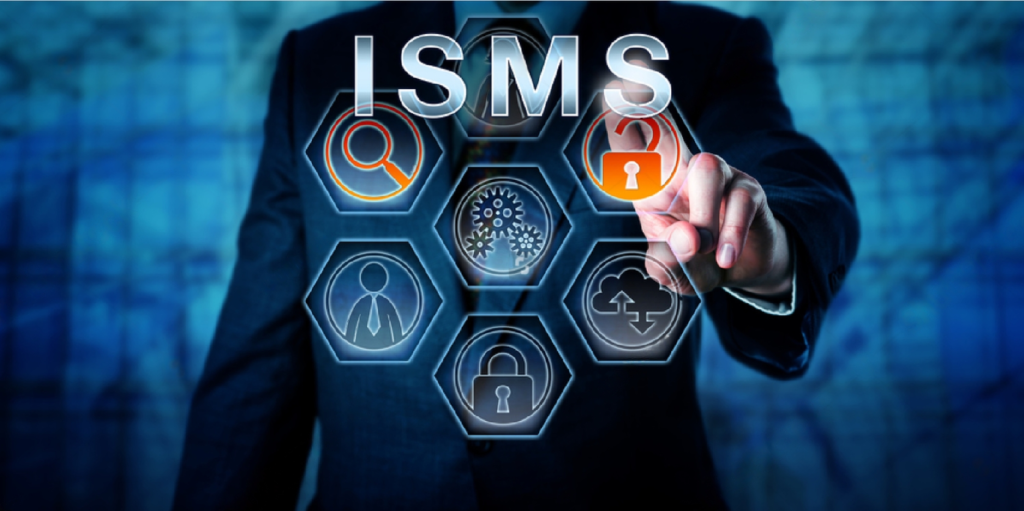Regulatory standards are processes and procedures that ensure an organization complies with industry, state, or national laws. This helps companies to operate with transparency, honesty, and propriety.
Regulatory compliance helps to protect your business against penalties, fines, and loss of revenue. It also improves business continuity by ensuring data protection.
1. Information Security Management Systems (ISMS)
As the need for cybersecurity compliance grows, more businesses are turning to ISMS to ensure they’re able to meet regulatory standards. ISMS is a governance structure that protects sensitive data from threats and vulnerabilities, as well as providing a framework to help companies handle incidents when they occur.
An ISMS includes all the management system benefits of ISO 27001, including leadership and resources, but also provides a specific set of requirements related to information security. It starts with a risk assessment of all the company’s information assets, which is accompanied by the creation of policies and procedures to safeguard those assets.
The ISMS is then continually monitored and assessed to measure its effectiveness and improve over time. By implementing an ISMS, organizations can safeguard their sensitive information from breaches and reduce the risk of loss of revenue, damaged reputation, operational downtime and legal liability. Using a flexible ISMS solution like Drata can help streamline the process and ensure you’re able to easily customize templates to fit your needs and comply with ISO 27001 policies.
2. Risk Assessment
Risk assessment is the process of identifying possible mishaps in a workplace and how they could be addressed. It is a vitally important part of any workplace as it provides an opportunity for workers to think about the safety of themselves and others in their work and create strategies for protecting them against these hazards.
This can be a very simple and informal process at an individual social level, assessing household risks or a very sophisticated and rigorous process at the strategic corporate level. Whatever the scale, it is vital for determining which risks are acceptable and which ones require further action to control them.
The process will involve evaluating a wide range of things that could go wrong including the likelihood of their happening and the severity of their impact. The latter will be based on the asset information values established earlier. Risks are ranked according to the probability of them occurring versus the impact they could have on the business.
3. Policies and Procedures
Policies and procedures are internal guidelines that define various approaches within a business. They help companies achieve consistency, keep staff focused on core business functions, and provide a clear framework for employees to work within. For example, healthcare policy and procedure documents lay out professional practices and processes for medical and customer services staff to follow, ensuring consistent practice and keeping both staff and customers safe.
While policies can be lengthy, they should be concise and easy to read. A 50-page document written in legalese is unlikely to be read, whereas a more digestible version that is easily accessible is far more likely to be followed. Policies should also include a statement of purpose and how the policy is enacted. Likewise, the documentation should include a description of the process for reporting a breach of the policy. A glossary is also helpful to avoid confusion and misunderstandings of terminology. By establishing policies and procedures, organizations can ensure that all employees are working in compliance with all relevant laws and regulations.
4. Monitoring
Monitoring is the ongoing systematic collection, analysis and use of information during implementation. This is distinct from evaluation (which is a more formal and structured process that focuses on project outcomes).
Effective monitoring requires a system of reflection. It should consider both successes and failures of a project or program, the reasons for these, and what lessons can be learned. It should also identify potential problem issues that need to be investigated further via an evaluation.
Depending on the regulatory standard, monitoring may need to be done at various levels and by multiple entities. For example, a local organisation, a partner government, an overarching funder and the implementing project all might need to contribute to a monitoring system. This can add complexity as different systems and time-frames may need to be taken into account.
In terms of cybersecurity, monitoring is an important part of compliance because it helps to detect potential security threats that could lead to data breaches. However, this can only be successful if there is enough staff to keep up with the alerts and ensure that they are not being triggered by false positives (which is common).

